Semiconductor PCB
Highleap has collaborated with some of the largest companies in the semiconductor industry to provide semiconductor PCB solutions. We offer semiconductor PCB collaborative design and engineering services, prototype design services, and mass production services.
What is a Semiconductor PCB
A semiconductor is a substance that possesses both the characteristics of a conductor and an insulator. Under specific conditions, it can conduct electricity. A semiconductor is a type of material with conductivity that falls between that of conductors (like metals) and insulators (like plastics). Within semiconductor materials, the electronic band structure endows them with the capability to conduct current under certain electrical conditions, while restraining conductivity under alternate conditions. Several conductivity attributes of semiconductors can be modulated through techniques such as doping, temperature regulation, and the application of appropriate adjustments.
Application Domains of Semiconductor
As the cornerstone of the current information technology era, semiconductor technology has permeated every electronic system field and become the critical core component enabling modern electronic products and devices.
Semiconductor devices cover almost all the core functions of electronic systems, including signal amplification, switching, voltage regulation, computing, data storage, signal transmission, information display, and more. With technological advancements, the performance of various semiconductor devices continues to improve, integration levels continue to increase, and the scope of applications continues to expand.
Currently, the major application domains of semiconductor chips can be summarized as follows:
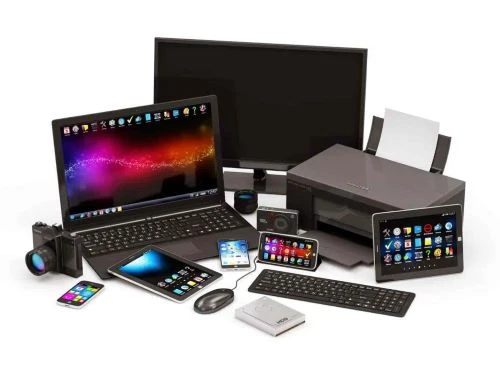
Computers and Electronics Products
Semiconductor components such as Central Processing Units (CPUs), memory chips, and graphics cards form the critical foundation of computer systems. Beyond traditional computers, a multitude of electronic devices including smartphones, tablets, and laptops are heavily reliant on semiconductors for processing power and functionality.
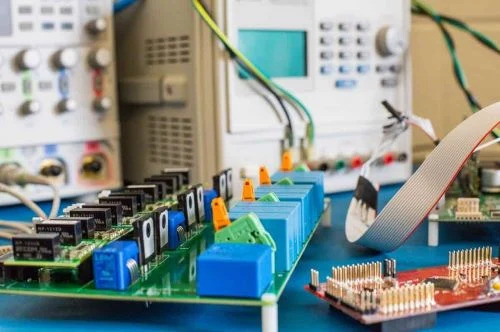
Telecommunications
The realm of mobile communication relies extensively on semiconductor chips. Modem chips, demodulators, and automatic recognition chips enable efficient data transmission. Furthermore, fixed-line communication systems harness microchips for various signal processing functions.

Consumer Electronics
Consumer-oriented electronics encompass a wide range of products including audio-visual devices like televisions and DVD players, as well as household appliances such as refrigerators. These devices incorporate transistors, integrated circuits, and other semiconductor elements to deliver enhanced functionality and performance.
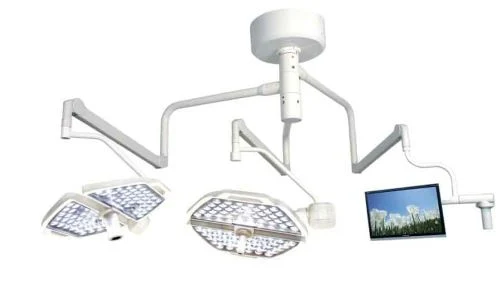
Lighting
The lighting industry has experienced a significant transformation due to Light Emitting Diodes (LEDs). LEDs, a type of semiconductor device, have effectively replaced traditional lighting sources, leading to enhanced energy efficiency, longevity, and versatile illumination solutions.

Industrial Control
Semiconductor-enabled automation plays a pivotal role in industrial control systems. Programmable Logic Controllers (PLCs) harness numerous microcontrollers to orchestrate intricate automation tasks, ensuring precise timing and control across various industrial processes.
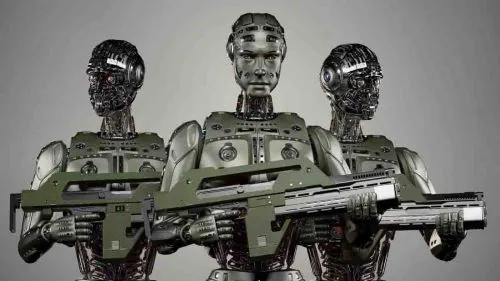
Defense and Military Applications
The defense and military sector draws extensively on high-performance semiconductors for navigation, communication, and weapon control systems. Semiconductor technology is crucial in providing the necessary computational power and reliability for these mission-critical applications.

Transportation and Mobility
The automotive industry heavily relies on semiconductor technology for vehicle electronic control systems, contributing to improved safety, efficiency, and connectivity. Moreover, the aviation and high-speed rail sectors increasingly adopt semiconductor-based technologies to enhance navigation, communication, and overall operational performance.
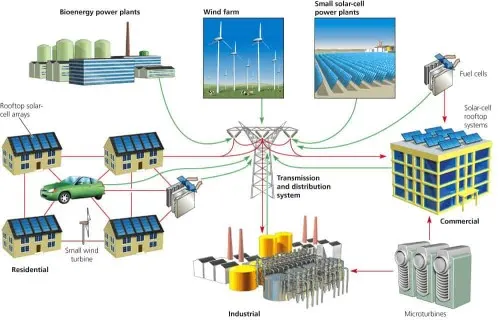
Power Systems
Semiconductor technology is propelling innovation within power systems. Intelligent transformers, superconducting mechanical switches, and power semiconductor devices are revitalizing traditional power infrastructure by enhancing energy distribution, efficiency, and control mechanisms.
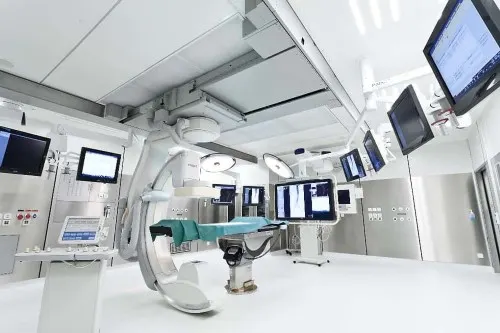
Medical Devices
Semiconductor technology underpins critical advancements in the field of medical devices. Medical imaging equipment such as Computed Tomography (CT) scanners and Magnetic Resonance Imaging (MRI) machines rely on semiconductor sensors and Integrated Circuits (ICs) to capture and process medical data accurately. Additionally, hearing aids leverage semiconductor components to provide sophisticated audio amplification and customization.
Semiconductor Material
Here is a more detailed technical explanation of specialized substrate and composite materials used for semiconductor PCBs:
PTFE (Polytetrafluoroethylene):Excellent high frequency material due to low dielectric loss tangent (dissipation factor) and stable dielectric constant over frequency. Allows high speed signal propagation with minimal attenuation or distortion.
Liquid Crystal Polymer (LCP): Has an extremely low, flat dielectric constant over frequency range. Enables unmatched performance for multi-gigabit signaling rates. Low moisture absorption provides excellent dimensional stability.
High Tg Epoxy Resins: Modified epoxy formulations with high glass transition temperatures (>170°C) and low coefficients of thermal expansion. Provides reliable electrical and mechanical integrity at temperature extremes.
Ceramic Substrates: Aluminum nitride and alumina ceramics have thermal conductivity up to 200 W/mK for efficient heat spreading. Also have excellent dimensional stability and capability to integrate passive components.
Metal Core Substrates: Copper or aluminum cores allow vertical heat conduction through the thickness while providing lateral spreading of heat. High power semiconductors can be efficiently cooled.
Coreless Buildup: Sequential laminating of thin dielectric films enables high density stacking of fine line interconnect layers. High aspect ratio blind and buried vias provide 3D routing capability.
Carbon Nanotubes: CNTs as fillers in resins or interlaminar bonding improve thermal conductivity, electrical performance, and mechanical strength of substrates.
Photoimageable Dielectrics: Can be imaged to create high resolution openings for plating microvias in HDI PCBs. Eliminates need for mechanical laser drilling.
Choose Highleap’s industrial control PCB

Full Expertise
Highleap has extensive expertise in the field of semiconductor PCBs. The Highleap team consists of skilled engineers and experts, we have in-depth knowledge of semiconductor PCB design, manufacturing and application. Whether it’s complex high-frequency circuits, intricate high-density interconnects, or unique material requirements, Highleap provides comprehensive solutions to ensure semiconductor PCBs meet the most stringent standards and requirements.

Robust Supplier Network
Highleap has established a robust and reliable supplier network, ensuring access to high-quality raw materials and components. Collaborating closely with well-known material and component suppliers in the industry allows Highleap to select materials most suitable for semiconductor PCB manufacturing, ensuring product stability and reliability.

Strict Quality Control
Highleap is committed to implementing stringent quality control measures at every manufacturing stage. Equipped with advanced testing equipment and laboratories, they conduct comprehensive quality testing and validation of semiconductor PCBs. From raw material procurement to final product delivery, Highleap adheres to strict quality standards to ensure each semiconductor PCB meets specification requirements.
